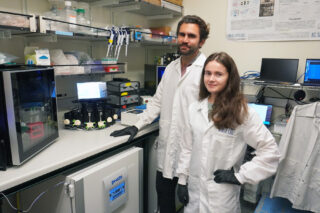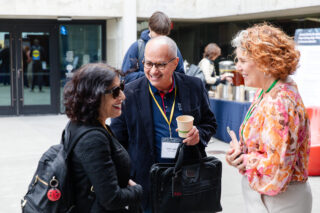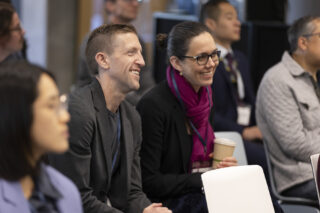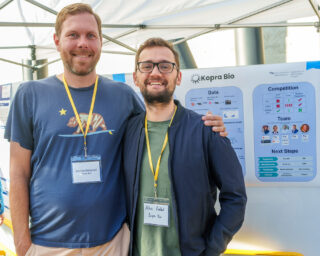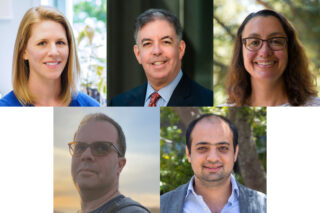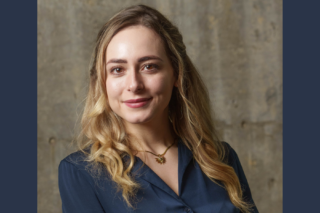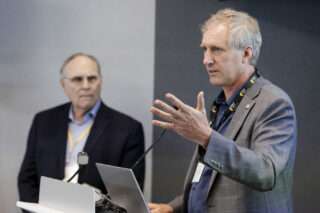Collaborative Three-Campus QB3 Research Team Awarded $12 Million CIRM Grant to Study Origins of Autism in Diverse Population
Using “organoids” derived from a diverse set of brain samples, scientists will classify autism types, identify responsible genes, and target with precision therapy.
A QB3-led team uniting researchers from the University of California campuses at Berkeley, San Francisco, and Santa Cruz was awarded a $12 million grant from the California Institute for Regenerative Medicine (CIRM) to investigate the origins of autism using sophisticated cellular models called “neural organoids.”
This grant is the first funding brought in by QB3’s Collaborative Research initiative, which was recently created to address major challenges in human health by leveraging research talent and resources across the UC campuses served by QB3.
“We are grateful for the support provided by the CIRM team to craft a highly successful application and for recognizing the potential of our proposed work,” said David Schaffer, PhD, QB3’s executive director and a UC Berkeley professor of chemical and biomolecular engineering. “QB3 has long supported entrepreneurship across the UC system, and QB3-affiliated scientists generate impressive results. But we realized that a centralized group coordinating research talent from diverse fields could achieve much more than the individual labs could by themselves. We look forward to many more such projects in the future.”
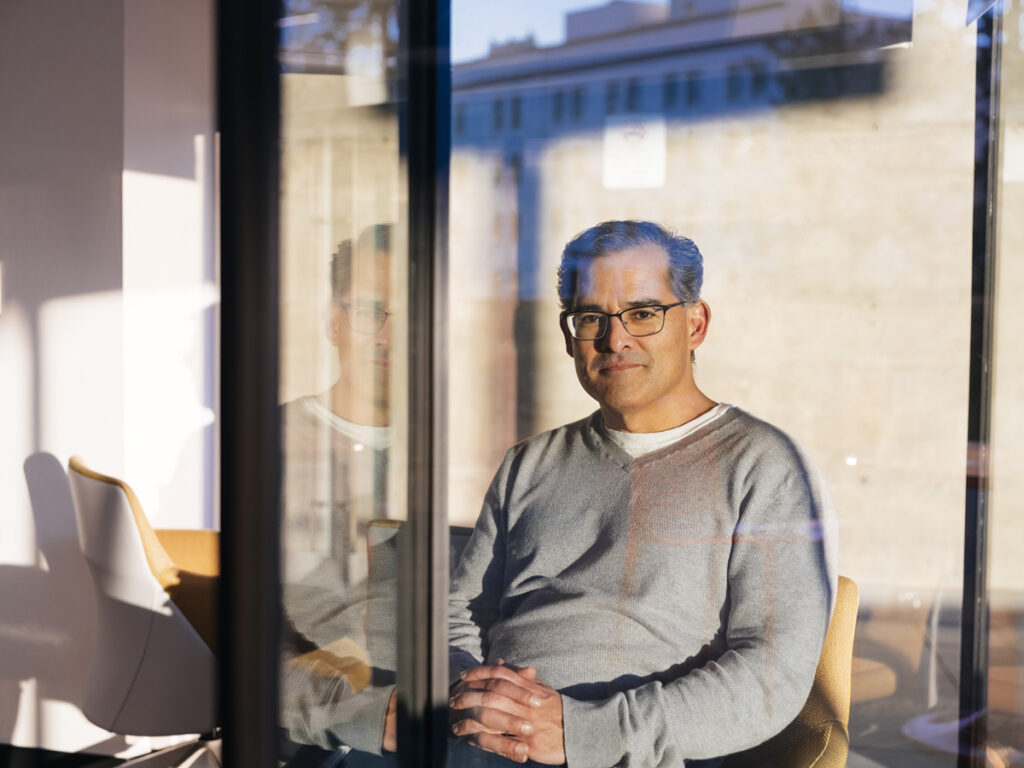
The $12 million grant was awarded through CIRM’s ReMIND-L (DISC 4) program, a new initiative designed to accelerate the discovery of mechanisms underlying neuropsychiatric disorders leading to the identification and validation of novel targets and biomarkers. The goal is to provide new avenues and rigorous foundations for future translational and clinical investigations. To achieve this, the ReMIND Program will catalyze innovative, cross-disciplinary collaborations and support broad knowledge-sharing among research scientists and other stakeholders. ReMIND-L grants support expansive cross-disciplinary studies led by large collaborative teams applying a range of technologies and approaches.
“This project exemplifies CIRM’s commitment to supporting groundbreaking research into neuropsychiatric conditions,” said Lise Barbé, QB3 grants coordinator. “Autism affects a huge swath of the population across all demographics, and genetic background appears to modulate penetrance of the disease. Society needs new technologies to study the condition accurately in the lab, build a decision tree doctors can use to diagnose patients early, and precision medicine that can be tuned based on genetic background.”
“This project is particularly important because it addresses a critical bottleneck in ASD research,” said Rosa Canet-Avilés, PhD, VP of Scientific Programs and Education at CIRM. “By uncovering the genetic underpinnings of ASD and developing new diagnostic tools, this research has the potential to lead to more precise and effective interventions. It brings hope to families affected by ASD and exemplifies the power of collaboration between institutions to tackle complex medical challenges.”
The team will employ neural organoids – complex assemblies of neurons and other cell types – to identify clinically-relevant disease phenotypes in a petri dish. Researchers can then use these phenotypes to build a target list of disease-modifying genes, and begin to develop gene therapies.
“The strength of our collaborative research initiative is to bring together a diverse team,” Barbé said, “including molecular biologists, bioengineers, clinicians, computational biologists, geneticists, and individuals with previous expertise in clinical translation. All of whom have relevant expertise, but not quite all the expertise to pull off all aspects of the project, let alone at the scale we will perform the work, with dozens of patients, cell lines and hundreds of human brain samples.”
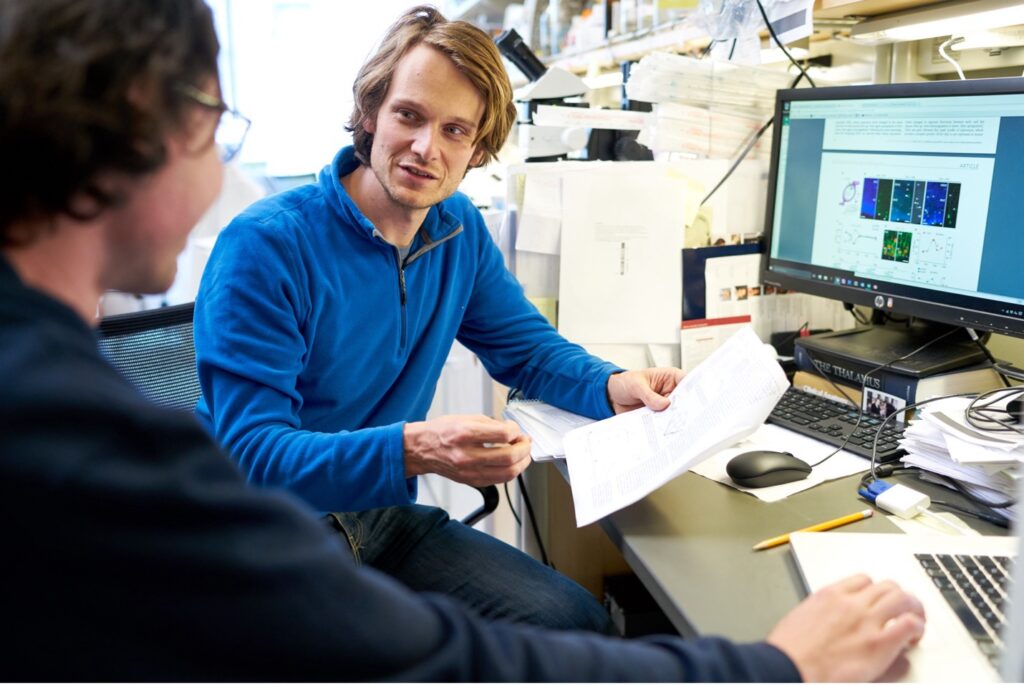
Alex Pollen, PhD, an associate professor of neurology at UC San Francisco, is the principal investigator of the research team. “Together, our team combines clinical data, 3D brain organoid models, analysis of genetic risk factors, genome engineering screens, and advanced AI tools to find common pathways, protective factors, and biomarkers for different forms of autism,” he said. “We have a multidisciplinary team that includes a practicing child neurologist, Dr. Elliott Sherr, who will add clinical expertise to the project.” Sherr is a UCSF professor of neurology and pediatrics.
The team is an integrated effort across the UC campuses at Berkeley, San Francisco, and Santa Cruz.
At UCSF, Pollen and Martin Kampmann, PhD, a professor of biochemistry and biophysics, will embrace the complexity of autism phenotypes and harness their heterogeneity to identify novel therapeutic targets and biomarkers using human brain samples from diverse genetic backgrounds. They will determine gene expression through sequencing and turn off genes that potentially modify severity of the disease in a given genetic background. Saul Kato, PhD, a UCSF associate professor of neurology, will increase the clinical diagnosis and therapeutic testing availability by applying integrative machine learning assays on all clinical, human brain, and neural organoid data to build an autism classification system.
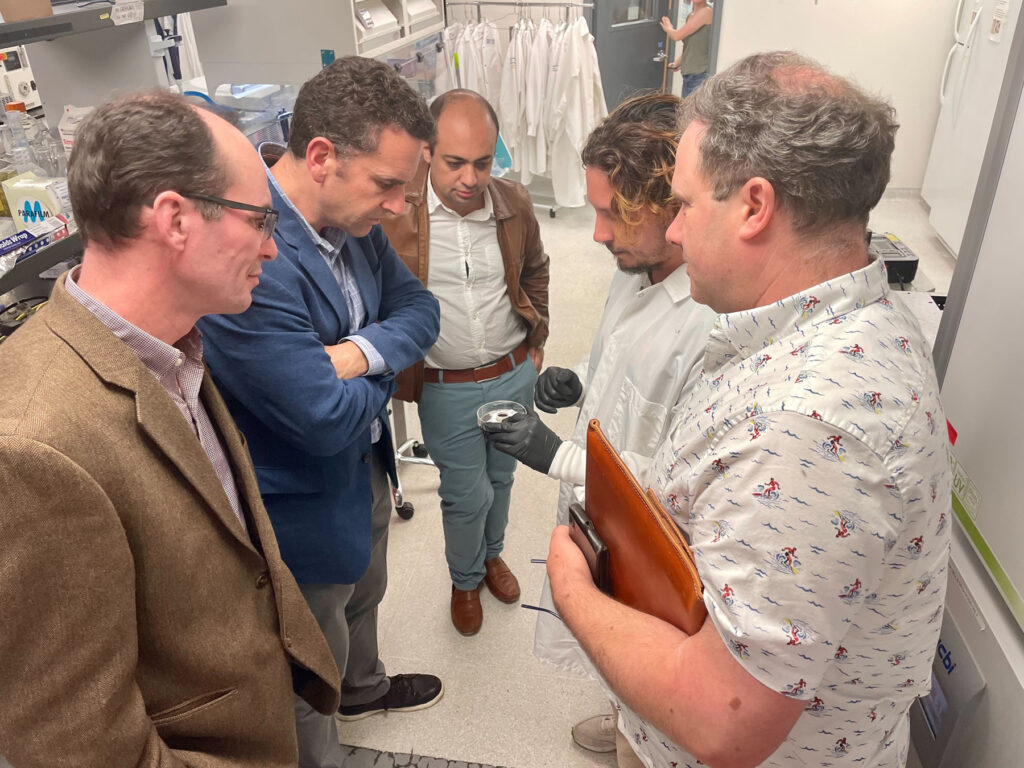
At UC Santa Cruz, the “Braingeneers” team (Sofie Salama, PhD, acting professor of molecular, cellular and developmental biology; Mircea Teodorescu, PhD, associate professor of computer engineering; Mohammed Mostajo-Radji, PhD, assistant research scientist; and David Haussler, PhD, distinguished professor of biomolecular engineering), will identify autism disease phenotypes in neural organoids grown from autism patient samples, together with Helen Bateup, PhD, a UC Berkeley professor of molecular and cell biology. With Sherr’s clinical expertise, this group will assign clinical relevance to the disease phenotypes using patients’ MRI and clinical data.
Lastly, Schaffer’s lab at UC Berkeley will target the genetic modifiers and specific neuronal subtypes identified at UCSF with modified adeno-associated viruses (AAVs). Schaffer has co-founded nine companies, several of which employ AAVs to deliver therapies that are in clinical trials.
Schaffer’s experience with spinning off advanced technology underscores the likelihood that discoveries made by this CIRM-funded research team will be commercialized and ultimately reach patients. In addition to licensing through the tech transfer offices on the UC campuses, QB3, which Schaffer leads, has a long track record of supporting entrepreneurs with programs, incubator space, and investment to de-risk new technologies and make them attractive for acquisition by larger companies.
Through QB3’s Collaborative Research initiative, the team is pursuing several other grant opportunities addressing challenges in Alzheimer’s, stroke, aging and drug discovery platforms. “While QB3’s priority is to support research at UC campuses,” Barbé said, “we recognize that the complex nature of this work requires the highest degree of specialization. We welcome working with scientists from industry and universities beyond UC if the skills and resources they bring are of extraordinary value to the project.”
For more information on QB3 Collaborative Research, and to join future collaborative grant opportunities, contact lisebarbe@berkeley.edu.
About QB3
QB3 supports research, innovation, and entrepreneurship to address challenges in human and planetary health – climate change – on and across University of California campuses at Berkeley, San Francisco, and Santa Cruz.
QB3 operates startup incubators in a public-private partnership to help entrepreneurial scientists translate advances in research into scalable solutions for better health, a sustainable environment, and a dynamic economy. Through lab space and programs, QB3 accelerates development of new technologies for the public good, provides training opportunities and jobs for UC students, and boosts the economic development of our universities and California communities.
Major spinoff initiatives from QB3 include the Rosenman Institute in health technology, the MBC Biolabs incubator network, and the venture capital firms Mission Bay Capital and MedTech Venture Partners. To date more than 300 companies supported by QB3 have created more than 17,000 jobs and raised more than $13 billion in capital. Visit qb3.org
About the California Institute for Regenerative Medicine (CIRM)
At CIRM, we never forget that we were created by the people of California to accelerate stem cell treatments to patients with unmet medical needs, and act with a sense of urgency to succeed in that mission. To meet this challenge, our team of highly trained and experienced professionals actively partners with both academia and industry in a hands-on, entrepreneurial environment to fast track the development of today’s most promising stem cell technologies.
With $5.5 billion in funding and more than 150 active stem cell programs in our portfolio, CIRM is one of the world’s largest institutions dedicated to helping people by bringing the future of cellular medicine closer to reality.




